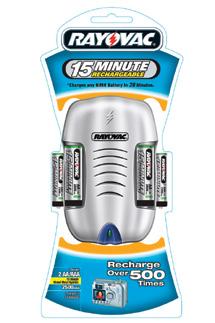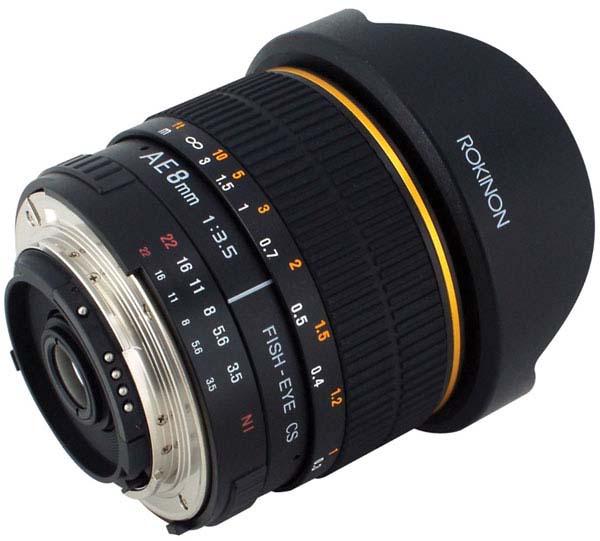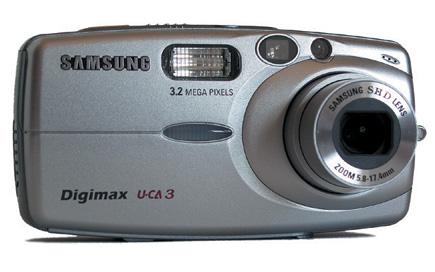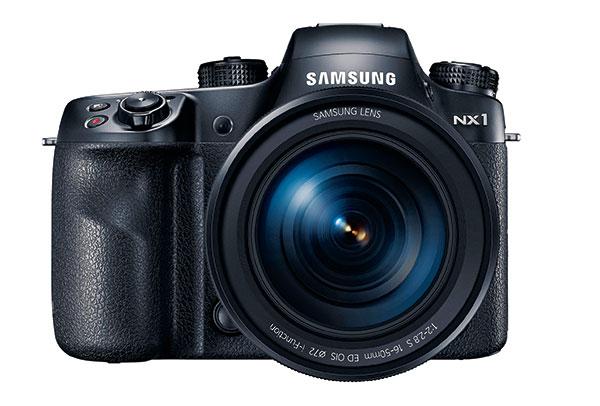Jack Neubart
Sort By: Post Date | Title | Publish Date
|
Nov 01, 2009
|
Jul 01, 2008
|
May 22, 2015
|
Mar 01, 2006
|
Aug 29, 2011 |
First Published: Jul 01, 2011
|
Aug 16, 2013
|
Aug 01, 2009
|
Dec 13, 2012











